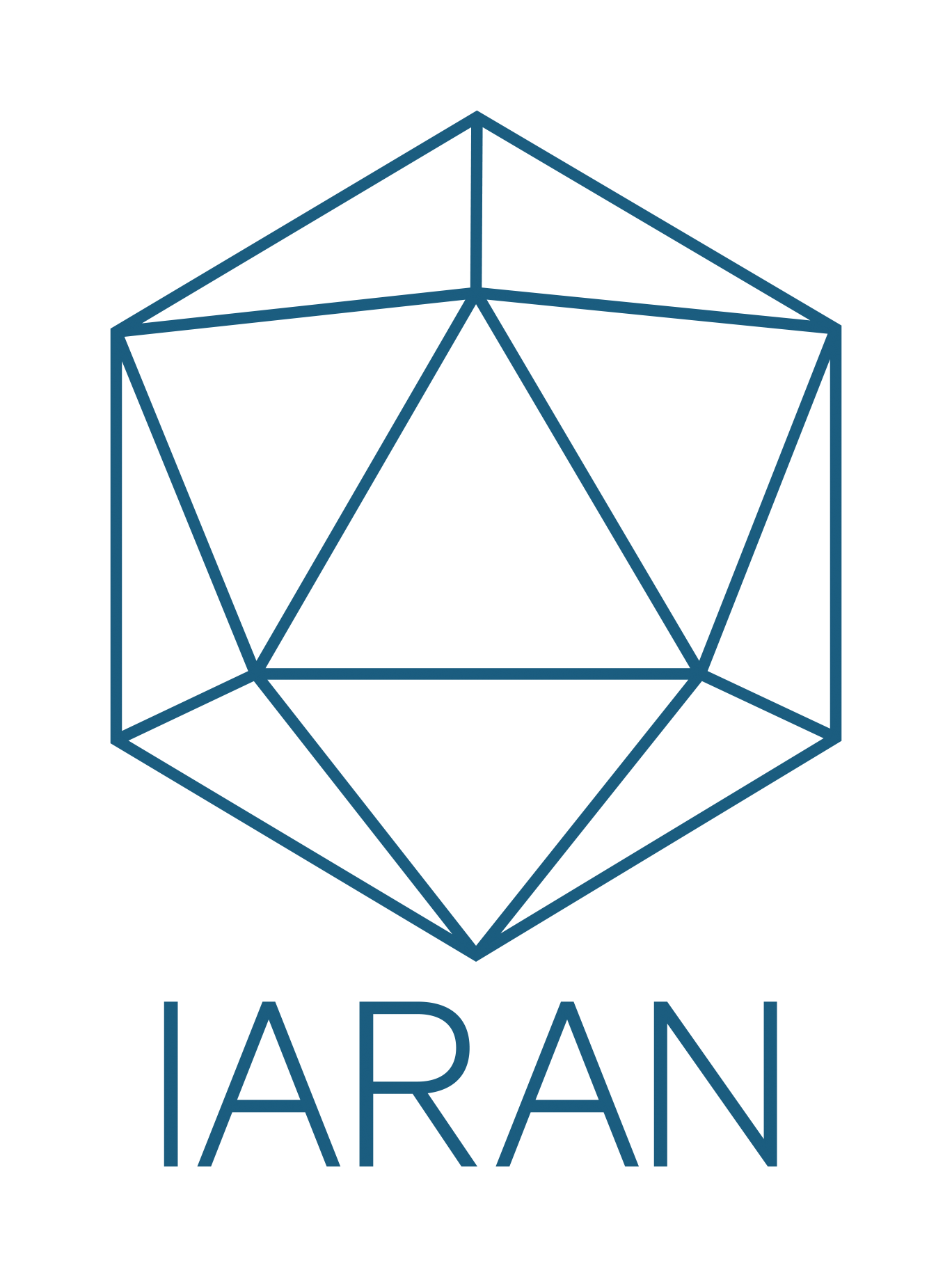Aid is at a critical juncture.
The coronavirus pandemic is just the latest in a series of crises that have tested the logic behind our interventions; questioned our management abilities; and interrogated whether our values are truly just and transformative.
There are renewed calls for aid to change. But it seems most of it are tweaks to an inherently broken system, instead of a real pause and reflection to the very nature of our work.









